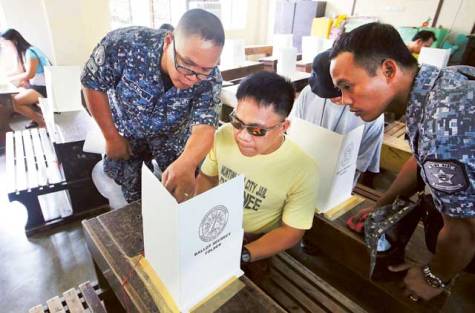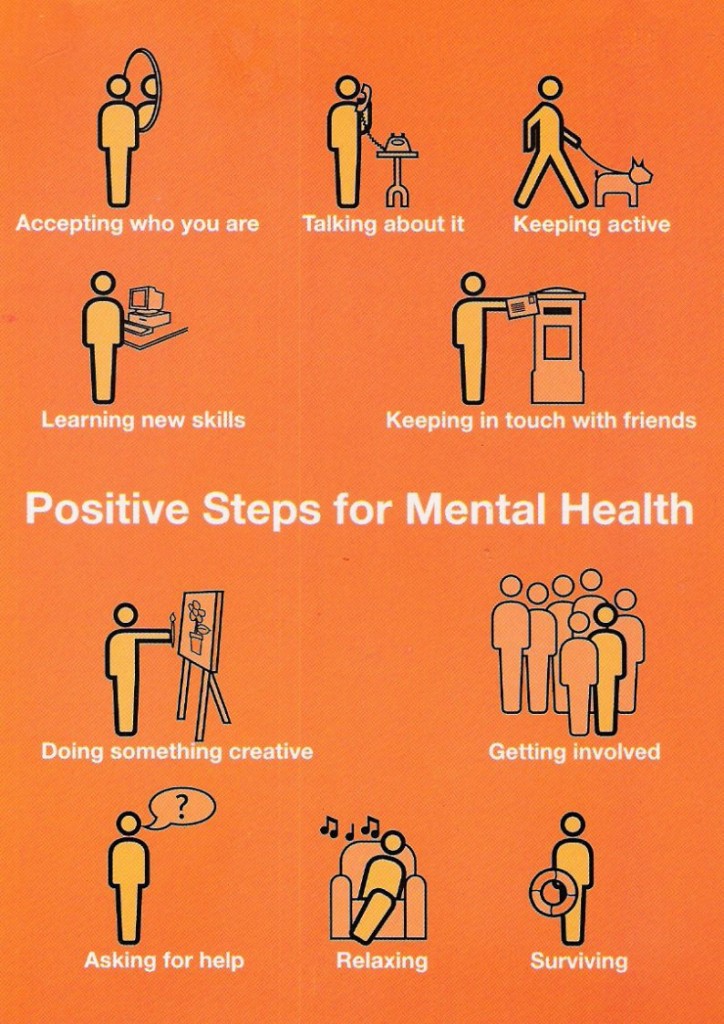On Monday, October 28, 2013, Pilipinos poured into polling stations throughout southern regions of the country. This election would place over 42,000 village heads and more than 300,000 national councilors into power. Unlike the U.S., Pilipino citizens did not need to be encouraged to participate in their village elections. While local U.S. elections dotted street corners and college campuses with political advocates in an attempt to raise election awareness and voter turnout, local elections in the Philippines had drawn out 75 percent of registered voters from their homes. “Election fever, even on a village level, is always intense in the Philippines,” commented Pilipino voter Carlo de Jesus. Pilipinos, it seems to me, better understand the value of a democracy. If this were the only distinction between Pilipino and American elections, I would be in higher spirits. However there is a second major difference and, sadly, it is not one to celebrate.
On Tuesday, November 5, 2013, the general elections occurring in the United States proceeded quietly, garnering no notable media attention. The winners peacefully ascended to their new positions of state and local power and, save the battered egos of the losing parties, Tuesday’s election claimed no casualties. The Philippines, however, could not say the same for itself. On that Monday, a symphony of grenade blasts and gunshots heralded the opening of the polls as violence erupted throughout several barangays, or Pilipino villages.
In Catubig of northern Samar in central Philippines, twenty people were reported dead while thirty were wounded in the wake of the 2013 village election.
On the island of Jolo, a vehicle carrying voters was gunned down, leaving the driver dead and four passengers wounded as reported by provincial police chief Senior Superintendent Antonio Freyra.
And in the Maguindinao province, a convoy of civilians were killed in what is now termed as the Maguindinao Massacre. Guilty of nothing save their support or familial relationship to Mindinao governor elect Esmael Mangudadatu, these fifty-seven dead embody one of the most merciless cases of election-inspired violence.
Voting centers, too, were targeted, as classrooms in a Buldon school were set ablaze and gunmen opened fire on a voting center in Midsayap in North Cotabato. Even before polling stations were opened, the impending elections tainted southern Pilipino villages in blood red. In the weeks leading up to the election, twenty-two candidates were killed in pre-election violence. According to Associated Press, the cause of most of these deaths were shootouts.
Election Violence: the Philippines' Unwanted Friend
To the dismay of the Pilipinos, these examples make up only a small cluster of the 2013 election-related bloodshed. What is worse is that this is not the first year the Philippines has experienced such carnage. In fact, it would be unusual if voting seasons did not greet the Philippines with bullet wounds, overturned vehicles or countless casualties. In 2009, fifty-eight people died in a shooting allegedly plotted by a rival clan. This execution was the ranked the single worst killing of journalists in the world, leaving thirty-one media workers dead at the hands of armed militia seeking to maintain political control over southern Maguindanao. In 2010, according to the Commission on Elections and the Philippine National Police (Comelec), the Pilipino elections were defined by 180 outbreaks of election-related violence. Of the deaths that resulted, four were candidates but most were civilians, barangay officials and mayors. So familiar is the Philippines with these types of fatalities that the country tightened security in 6,000 villages in preparation for this year's elections. Before Catubig even saw the twenty deaths and thirty wounded mentioned earlier, 147 of Samar's villages had already been placed on a watch-list of areas where election-related incidents were likely to occur.
Elections are emblematic of democracy, representative of the people's choice. Preparation for an election should be a time of excitement as voters impatiently await the chance to contribute their opinion. Pilipinos embody this democratic spirit, hoards of them rushing to vote during each election. It is a travesty that their enthusiasm may cost them their lives.
Photo Credit: gulfnews.com


 Depression is increasingly more
Depression is increasingly more 